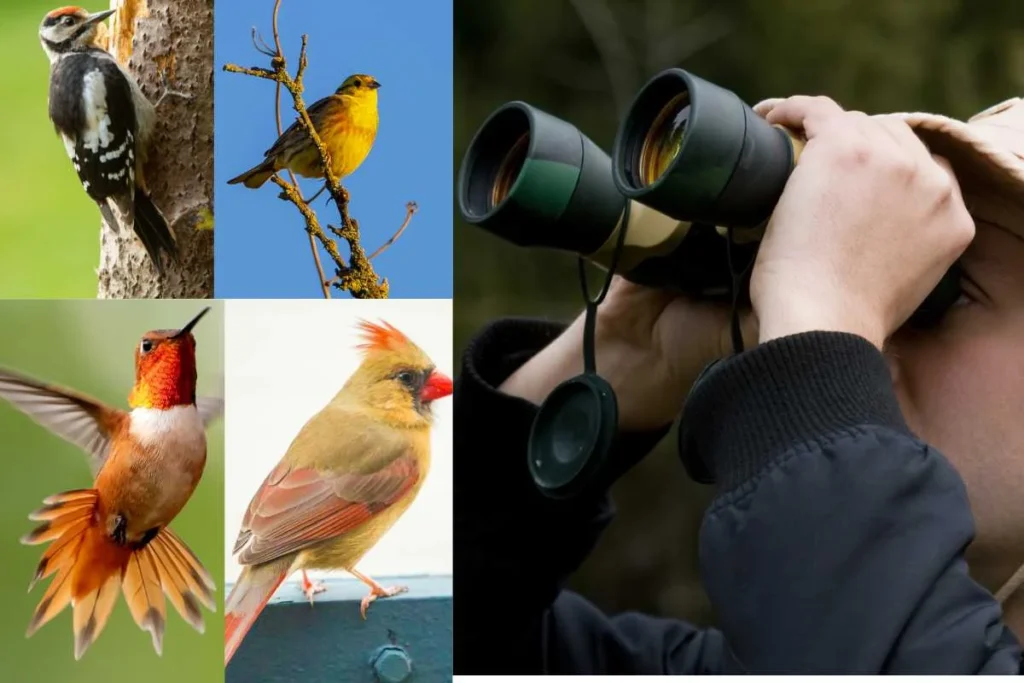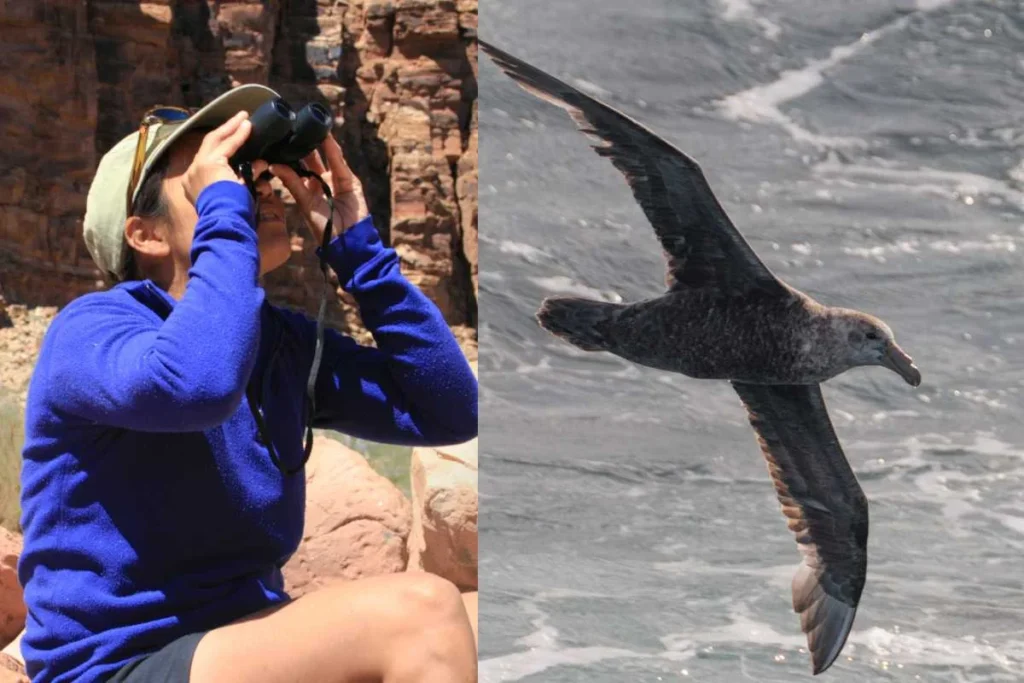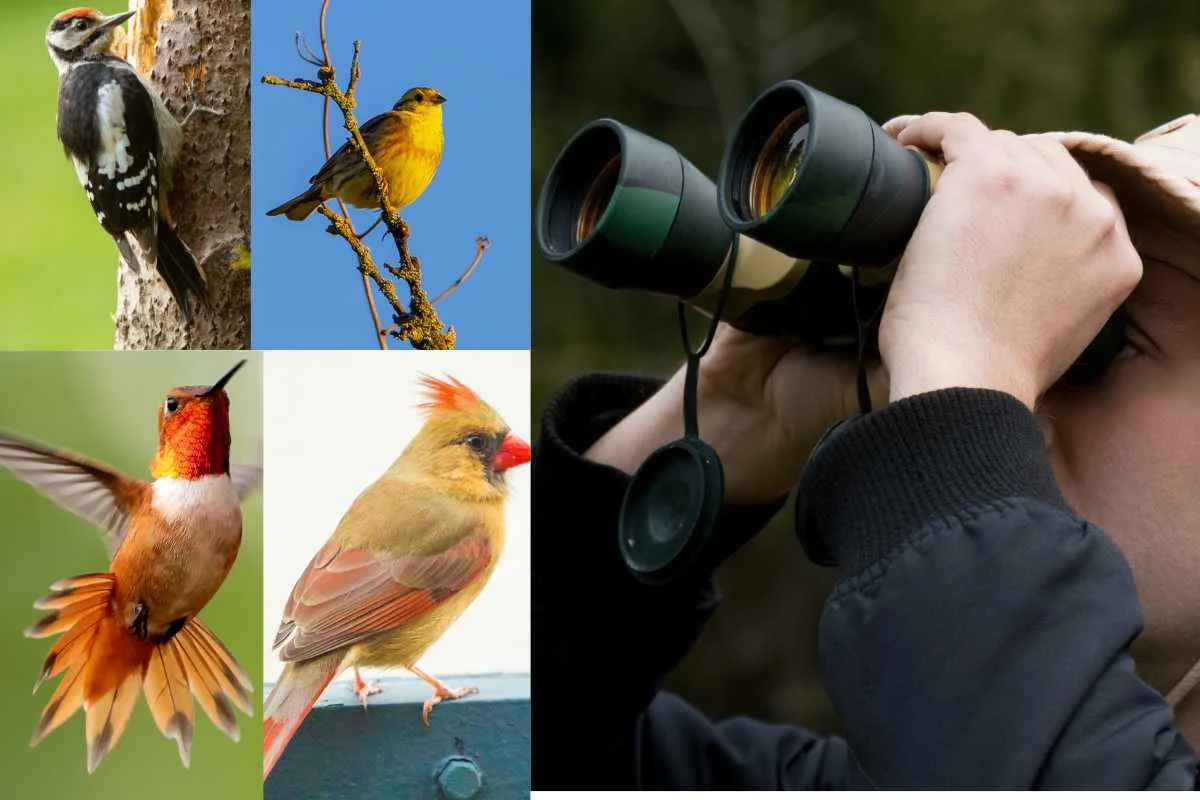Birdwatching, or birding, is one of the most engaging and fulfilling hobbies for nature enthusiasts. Whether you’re a seasoned birder or a curious beginner, selecting the right birdwatching spot is crucial to enhancing your birdwatching experience. A great location can significantly increase the variety of birds you see, while the wrong one might leave you searching for hours with little to show. This blog will guide you through the essential factors in choosing the perfect birdwatching location, helping you make the most of your time and efforts.

Table of Contents
Why Choosing the Right Birdwatching Spot Matters
Picking the right birdwatching spot is one of the most important decisions you can make as a birder. Each environment attracts different species of birds based on the habitat, food sources, and climate. If your goal is to see specific bird species, knowing where they are most likely to be is crucial. A carefully chosen location maximizes your chances of encountering diverse bird species, including some rare ones.
Imagine spending hours in an area with no bird activity—frustrating, right? By selecting the right birdwatching spot, you save time and increase the joy of birdwatching. This is why seasoned birders focus heavily on location, constantly exploring and researching the best birding spots.
Understanding Bird Habitats
Different bird species are attracted to different habitats based on food availability, shelter, and climate. Understanding these habitats is key to choosing the right birdwatching spot. Here are some common habitats and the birds you are likely to find there:
1. Woodlands and Forests
Forested areas offer shelter, food, and nesting spots for a variety of bird species. In these areas, you can find woodpeckers, owls, warblers, and thrushes. Look for birdwatching spots near dense tree cover and mixed deciduous forests for maximum bird diversity.
2. Wetlands and Marshes
Wetlands are home to a variety of waterfowl, shorebirds, and wading birds such as herons, ducks, and sandpipers. If you are searching for aquatic birds, this is the right birdwatching spot for you. Wetlands can also attract birds like kingfishers and osprey that hunt near the water.
3. Coastal Areas
Coasts provide nesting grounds for seabirds, and tidal flats attract shorebirds. Coastal regions are excellent birdwatching spots for gulls, terns, pelicans, and albatross. The right birdwatching spot on a coastline can yield high bird diversity due to the mixing of oceanic and land-based species.
4. Grasslands and Meadows
Grasslands are ideal for spotting species such as larks, sparrows, and meadowlarks. Raptors like hawks and kestrels also thrive in open fields where they can hunt for prey.
5. Urban Areas and Gardens
Cities and suburbs are home to surprisingly diverse bird populations. You can spot pigeons, starlings, sparrows, and sometimes even birds of prey like falcons. Urban birdwatching can be done in local parks and botanical gardens, which act as havens for birds amidst human development.
By understanding the types of habitats birds prefer, you can choose the right birdwatching spot depending on the species you’re hoping to see.
Seasonal Considerations for Birdwatching

Bird activity changes with the seasons. Many species migrate during specific times of the year, while others breed or molt, affecting their visibility and behavior. To choose the right birdwatching spot, it’s essential to align your location with the season.
Spring
Spring is one of the best seasons for birdwatching, especially during migration periods. As birds return to their breeding grounds, they pass through areas where they don’t usually reside. During this season, head to wetlands, coastal areas, and forest edges to spot a wide variety of species.
Summer
In summer, many birds are nesting and raising young, so they may be less mobile and more localized. Look for breeding grounds such as grasslands and forested areas, where you may spot fledglings learning to fly.
Fall
Fall is another peak migration time. Similar to spring, birds move southward to warmer climates. Coastal areas and wetlands are ideal for spotting migratory shorebirds, while forests can offer sightings of songbirds preparing for their long journey.
Winter
Winter birdwatching is less diverse in temperate areas, but it offers a chance to see species that migrate southward, such as snow buntings and waterfowl. Snowy landscapes also make it easier to spot birds against a stark background. In warmer regions, local parks and wetlands may host an influx of wintering species.
Understanding seasonal bird activity will help you pick the right birdwatching spot at any time of the year.
Researching Local Birdwatching Hotspots
To find the right birdwatching spot, start by researching local birdwatching hotspots. These are locations that have been known to attract a wide variety of species, especially during migration periods.
How to Find Birdwatching Hotspots:
- eBird Hotspot Maps: eBird offers detailed maps showing recent bird sightings, species diversity, and active birdwatching locations.
- Local Audubon Society: Your local Audubon Society chapter often organizes birdwatching events and provides guides to the best spots.
- Online Birdwatching Forums: Join online communities like Reddit’s birdwatching subreddit or specialized birdwatching forums where birders share their favorite locations and rare sightings.
- Birding Apps: Apps like BirdCast and Merlin Bird ID allow you to track bird migration patterns and real-time sightings near you.
These resources will help you find the right birdwatching spot without needing to wander aimlessly, increasing your chances of a successful outing.
The Role of Weather and Time of Day
Birds are more active during specific weather conditions and times of day. To select the right birdwatching spot, keep an eye on these factors.
Time of Day
The best time to birdwatch is typically during the early morning and late afternoon. During these periods, birds are most active, foraging for food or engaging in territorial displays. The middle of the day, particularly during summer, is often quiet as birds seek shade and rest.
Weather Conditions
Weather can either enhance or hinder your birdwatching experience. On clear, calm mornings, birds are more likely to be out and about. Overcast skies can also provide good viewing conditions as birds tend to be more active when they are not avoiding direct sunlight. However, extreme weather, such as strong winds or heavy rain, may reduce bird activity.
Selecting the right birdwatching spot based on favorable weather and time of day will help you see more birds and have a more rewarding experience.
How to Prepare for Your Birdwatching Outing

Preparation is key to a successful birdwatching trip. Before heading out to your right birdwatching spot, make sure you have everything you need.
Checklist for Birdwatching Preparation:
- Research Your Spot: Know which birds frequent the area during the time of year you’re visiting.
- Bring the Right Gear: Binoculars, a camera, and a field guide or birdwatching app are essential tools.
- Dress Appropriately: Wear neutral colors that blend in with the environment to avoid startling birds.
- Pack Essentials: Bring water, snacks, and a birdwatching notebook to record your sightings.
Preparation can make all the difference when trying to choose the right birdwatching spot and have a successful day of birding.
Essential Gear for Birdwatching
To make the most of your chosen birdwatching location, you’ll need the right gear. While birdwatching doesn’t require a lot of high-tech equipment, a few items are essential.
1. Binoculars
A good pair of binoculars is the most important piece of equipment for birdwatching. Look for ones with a magnification of at least 8x to 10x for clear and crisp views.
2. Field Guide or App
Having a bird field guide or using a birdwatching app like Merlin Bird ID will help you identify species more quickly and accurately.
3. Spotting Scope
If you’re birdwatching in an open area like a wetland or beach, a spotting scope offers more detailed views of birds that are far away.
4. Camera
A camera with a good zoom lens is great for capturing birds without disturbing them. If you want to document your sightings, a camera is a worthwhile investment.
Bringing the right gear will help you make the most of your time in the right birdwatching spot.
The Importance of Birdwatching Etiquette
When visiting a right birdwatching spot, it’s crucial to practice good birdwatching etiquette to protect the environment and wildlife.
Basic Birdwatching Etiquette:
- Keep a Respectful Distance: Never get too close to birds, especially during nesting or migration.
- Don’t Disturb Their Habitat: Avoid trampling vegetation or disturbing bird nests.
- Be Quiet: Loud noises can scare away birds and ruin the experience for other birdwatchers.
- Leave No Trace: Pick up after yourself and respect the natural environment.
Respecting the habitat ensures that the right birdwatching spot remains a thriving environment for birds and future birdwatchers alike.
Building a Network of Birdwatchers
Birdwatching doesn’t have to be a solo activity. Building a network of fellow birdwatchers can enhance your experience by sharing tips, spots, and sightings. You can meet other birders through:
- Local birdwatching clubs
- Online birdwatching forums and social media groups
- Birdwatching events or festivals
Collaborating with others can help you find the right birdwatching spot more easily, as experienced birders often have insider knowledge of the best locations.
Choosing the right birdwatching spot involves a combination of research, preparation, and knowledge about bird habits and habitats. By understanding where birds are likely to be, when they are most active, and what gear you’ll need, you can transform your birdwatching experience into a rewarding and exciting adventure. Whether you prefer forests, wetlands, or urban areas, every birdwatching outing can be a new opportunity to connect with nature and spot some incredible species. So grab your binoculars, do your research, and head out to your next birdwatching adventure!

